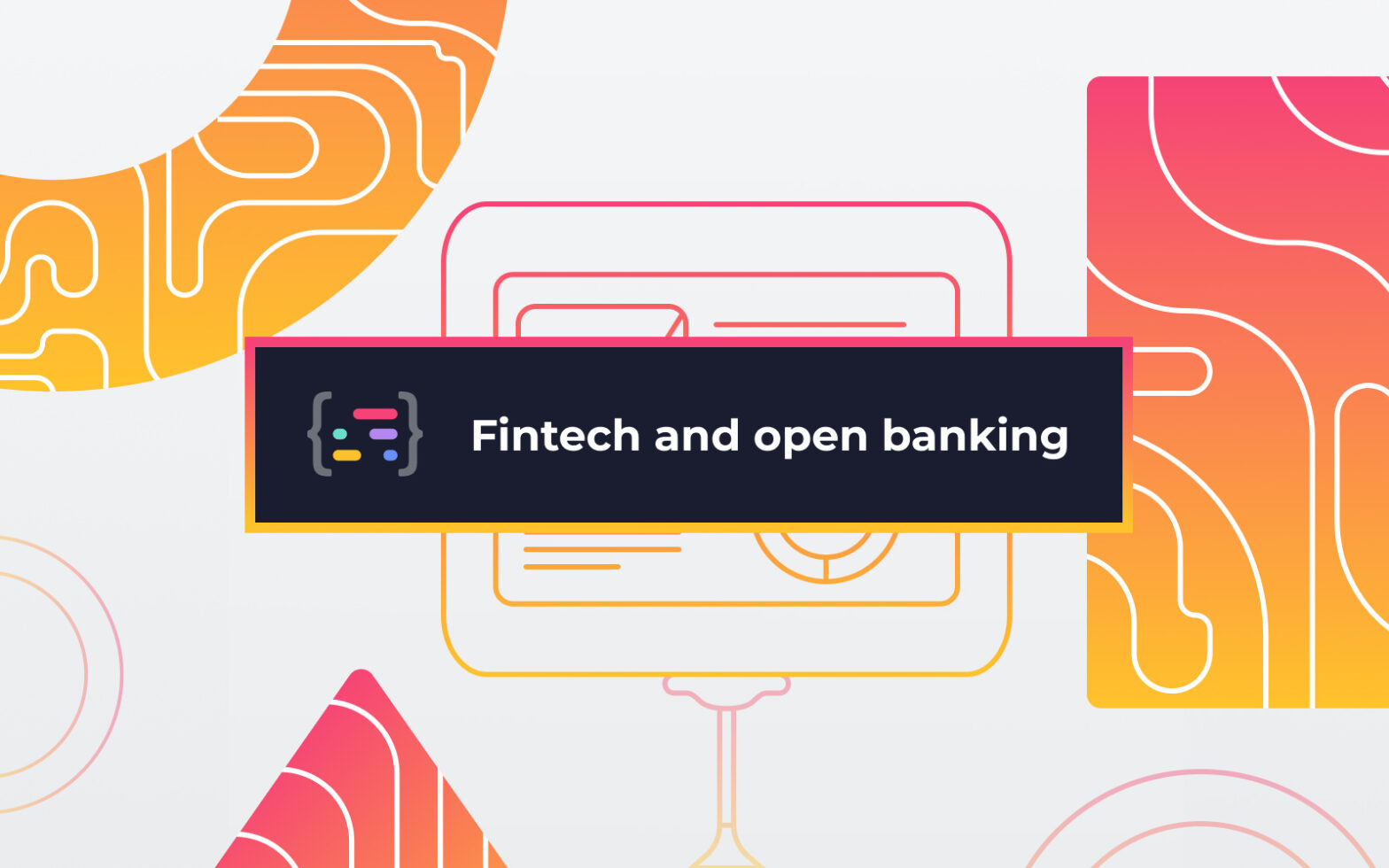One unexpected positive outcome of the COVID-19 pandemic was the rapid growth of digital finance. Stuck inside, people turned to apps and online services in mass, leading to widespread adoption of innovative new products. That’s why many argue that life will never return to “normal” after the pandemic subsides—changes that we made in 2020 have continued to stick and gain momentum in 2021. Much like video conferencing, telemedicine, and delivery apps, fintech has seen tremendous growth.
Downloads of mobile finance apps surged 15% during the pandemic, and fintech companies outperformed traditional banks by a factor of 10.8X. Here are some of the biggest game changers for the fintech industry.
1. P2P Bank Transfers
It only took a global pandemic for millions of people to realize that transferring money directly from person to person over a smartphone is easier, safer, and simpler. Apps like Venmo and Cash App have contributed to the massive growth in the ACH market. Over 26.8 billion payments were made on the ACH Network in 2020, an increase of 8.2% over 2019. The value of those payments—a whopping $61.9 trillion—is up 10.8%. More than 2 billion new payments were added in 2020 (a new record) and the growth rate is the highest since 2007. Companies in the ACH payments space made it out of the pandemic handsomely, and are slated to grow even further in 2021. New national products, like SPEI in Mexico, make room for even faster growth in emerging markets.
2. Reddit Monitoring
Who can forget the incredible price moves of GME (GameStop) and AMC stock? Considered by many financial analysts to be obsolete zombie companies, GME and AMC were racing to zero in 2020. However, tens of thousands of retail traders coordinated a massive buying campaign on popular social media subReddit channel r/wallstreetbets that sent these stocks skyrocketing. Crazy price action led to the closure of at least one hedge fund caught on the wrong side of the GME trade. By the first week of July 2021, AMC stock was 23 times higher than at the beginning of the year. These massive coordinated trades enabled retail traders to take control of around 80% of AMC stock, sparking headlines like “Meme traders have full control over AMC” and making AMC management reverse key corporate decisions to satisfy the #Apes, as members of this retail trading tribe like to call themselves. Hedge funds trying to spot the new meme stock trend have aimed their algorithms at the perplexing world of Reddit, but appear to be having some trouble thanks to GIFs, emojis, and slang. Is it only a matter of time until we see a new fintech company offering an innovative new way for hedge funds to get valuable trading insights from Reddit?
3. Crypto Payments
With over 100 million people using crypto worldwide and over 18,000 businesses that accept crypto, it should not be news that the crypto market is hot. Along with meme stock GME and AMC, Bitcoin also gave a dramatic performance in 2021, touching over $61K in May of 2021, over three times from where it started the year. As the price of Bitcoin and other cryptocurrencies continues to rise, crypto assets become more and more attractive as a means of payment. Chainalysis estimates that over 25% of all crypto holders have used crypto to buy a product or service, with transactions on e-commerce sites growing 12.5% annually. Some of the biggest industries affected positively by growing crypto payments include remittances, gaming, and luxury goods. The industry took a big leap forward when Tesla announced that it would accept Bitcoin as payment for cars. Tesla has since reversed this decision, but crypto payments continue to grow. To make matters even more interesting, China, Switzerland, and other major global financial players are rolling out their national cryptocurrency (called central bank digital currencies, or “CBDCs” for short). This development is moving so fast that the World Bank, IMF, and BIS have called for CBDC interoperability, enabling lightning fast CBDC transfers and opening up a whole new arena for crypto payments. While larger players like Visa, Coinbase, PayPal, and BitPay are sure to take a leading role, there is plenty of room for disruption from innovative startups, especially in emerging markets like Africa and Latin America.
4. Open Finance APIs
Pretty soon, reading through a bank statement will be a novelty experience, much like making a collect call from a phone booth. Open finance APIs that connect directly to bank accounts and tax authorities make it easy to sort and identify transactions, track spending, and even save money or pay down debt. This type of technology is changing the game for lending startups, which can now do income verification for clients in a matter of minutes, and tax preparation firms, which can ingest and categorize a massive amount of transactions directly from their client bank accounts. Other use cases include fraud detection, automated credit checks, and improved KYC and onboarding processes. Companies like Plaid and Yodlee have taken the lead in North America and Europe and have achieved astronomical valuations. Plaid recently raised a financing round with an estimated valuation of $13 billion, while Yodlee was acquired by Envestnet in 2015 for $590 million and was worth about $4 billion in 2020. Large companies dominate established markets like North America and Europe, but open finance APIs are growing quickly in emerging markets. Syncfy is rapidly emerging as a leader in Latin America. Through our Connect product, our customers can connect directly to over 180 institutions, including 45 banks, 5 government agencies, and 17 digital wallets across LATAM and Europe. Our Fiscal product integrates with tax authorities in Mexico and Argentina for quick access to tax documentation and corporate invoices. Find out more how Syncfy can help your business by getting in touch with our Sales team today.
5. Digital Lending
Billions of people were affected financially by the COVID-19 pandemic, but couldn’t simply go out and get a loan. People all over the world have been turning to digital lending for a contactless way to apply for loans, insurance, and lines of credit. Financial institutions that implement digital lending have seen numerous benefits, including better lending decisions, improved customer experience, and significant cost savings. Much of this growth is driven by wider use of crypto lending facilities. The amount of Bitcoin used as collateral for loans surged 1170% in Q4 2020 compared to Q3 2019, skyrocketing to a total of over 420K BTC ($14.4 billion) held as collateral. Although peer-to-peer loans declined dramatically when the pandemic hit, P2P loan volumes have recovered to pre-pandemic levels, growing from just under $250 million dollars in loans per month in April 2020 to over $600 million per month in March of 2021. Digital lending is driven in particular by automation in core parts of the lending cycle, including automated income verification, automated credit checks, and others.
Conclusion
The world is changing quickly, there’s no doubt about that, but many of the changes driven by the COVID-19 pandemic are here to stay. When we finally do open back up again, the new “normal” will be faster, more efficient, and mobile first. Innovations in fintech are changing lives around the world, especially in emerging markets, and Syncfy is staying ahead of the curve. Follow our blog for more research-driven fintech articles and recommendations.

